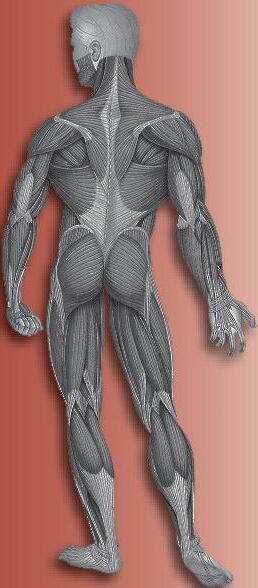
5 minute read
Discovering the Captivating Culture of Vietnam
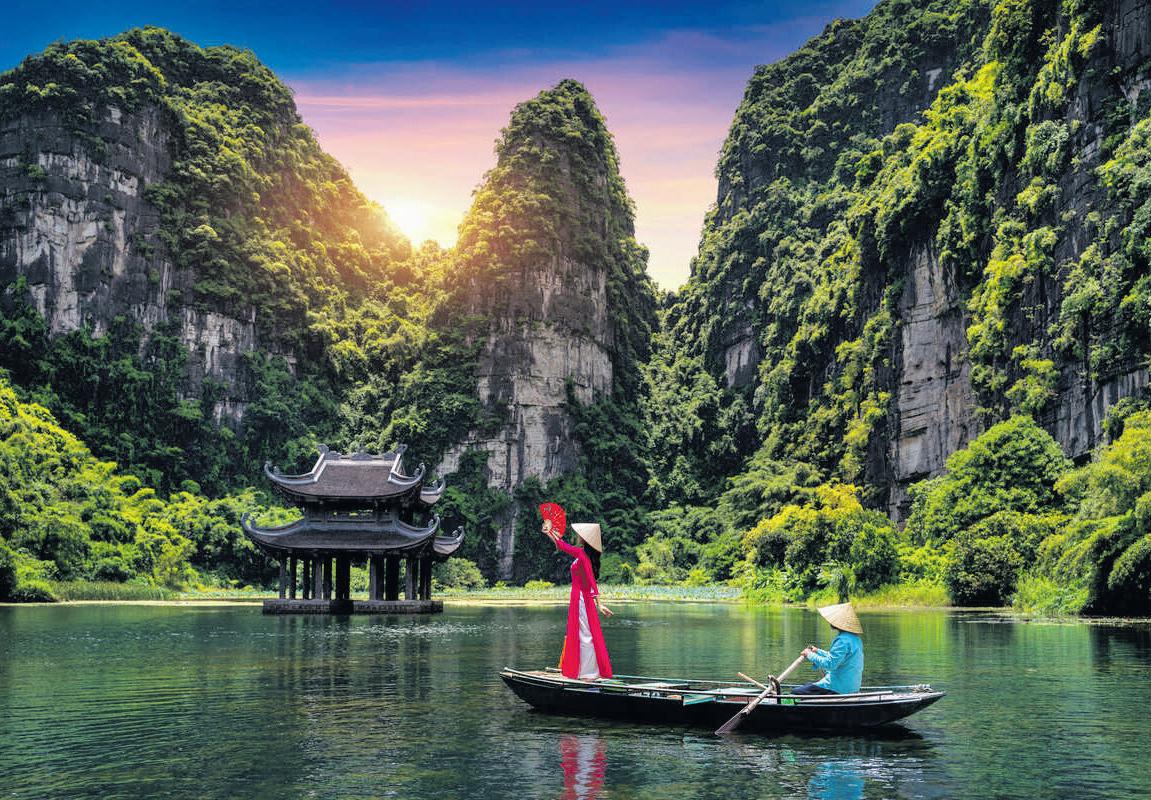
located further south, and is renowned for its French colonial history and the intricate Cu Chi Tunnels used during the Vietnam War. e old imperial capital of Hué is also worth a visit. It is split into north and south by the Perfume River, with most of the hotels, restaurants, and cafés located in the south. A boat trip is a great way to take in the sights, with the historic Demilitarised Zone (DMZ) and 19th-century royal citadel, surrounded by a moat and thick stone walls, being particular highlights. For a perfect stopover, head east to the UNESCO World Heritage city of Hoi An. is ancient riverside city is interspersed with Venice-esque canals and is renowned for its superb cuisine, including pho noodle soup. Vietnam has also become an increasingly popular beach destination, with a mix of family-friendly oceanfront resorts and luxurious romantic retreats. Most of the best beaches are located in the southern half of the country, such as Danang, which has calm waters and is ideal for kayaking. e city of Hoi An is close to the popular An Bang beach, while Ninh Van Bay is a superb hideaway only accessible by boat. Further south, Nha Trang is a popular beach resort with 19 o shore islands and is only a 45-minute drive from Cam Ranh. is coastal city is home to the chic and peaceful Fusion Resort Cam Ranh, Nha Trang. In the Phan iet region, Mui Ne was once a shing village and is now a popular beach resort. It is excellent for watersports, including sailing and kitesur ng, and has beautiful red sand dunes on its outskirts. Two hidden gems worth visiting are Con Dao and Halong Bay. Con Dao is a mountainous archipelago of 15 rugged islands o Vietnam’s southern coast, with a national park covering 80% of the area and protecting sea turtle nesting grounds. Halong Bay is an enchanting UNESCO World Heritage area of natural beauty, an enclave of the Gulf of Tonkin o the northeast coast. It is known for its spectacular islets and limestone rock formations, topped with rainforest and breaking through the turquoise waters. For an unforgettable twin-centre holiday, pair any of Vietnam’s cities with the still relatively undiscovered Phu Quoc Island. is is Vietnam’s largest island o the southwest coast in the Gulf of ailand,
To Book: 0400 331 264 602 Gradys Creek Rd, Gradys Creek info@ripplesonthecreek.com.au www.ripplesonthecreek.com.au with a tropical climate and year-round warm temperatures. It is home to forests and hills in the north, lively tourist beaches in the south, and secluded spots on the west coast. Getting around Vietnam is surprisingly easy. e quickest way to get from one major destination to another is by plane, with regular ights making travelling between the north and south straightforward. Buses are a cheap and cheerful way to explore, but the journeys are o en long and rickety. Renting a car isn’t the norm due to the crazy city tra c, so it’s better to pay for a moto taxi or a cyclo. Make sure you agree a price beforehand, and don’t be afraid to barter. Paying extra for the comfort of a train is a good option for longer journeys, and a boat trip is another great way to get around. Shopping in Vietnam is an unforgettable experience. ere are brilliantly hectic markets in South-East Asia, from silk and silver streets in Hanoi’s Old Quarter to the must-see Ben anh Market in Ho Chi Minh City. Tailor shops will make bespoke garments for you in no time, and you can nd handicra s such as bamboo items, lacquerware, ceramics, silk, and jewellery. Antiques are available, but can be di cult to take back to the UK due to problems at customs. Be sure to haggle with locals for the best prices, except in state-run stores where prices are xed. Diving and snorkelling in Vietnam is also a great experience. Nha

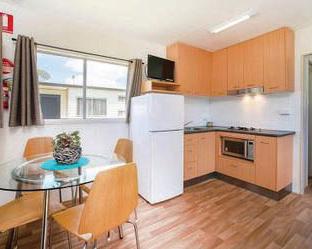

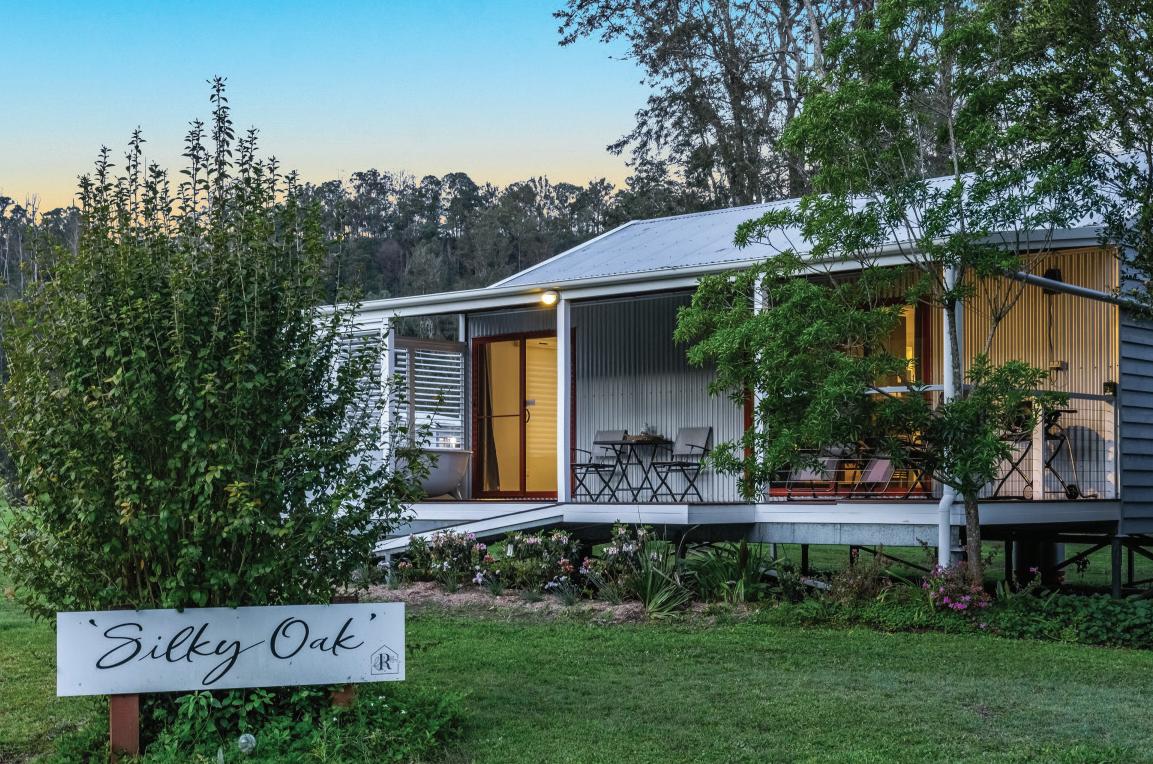

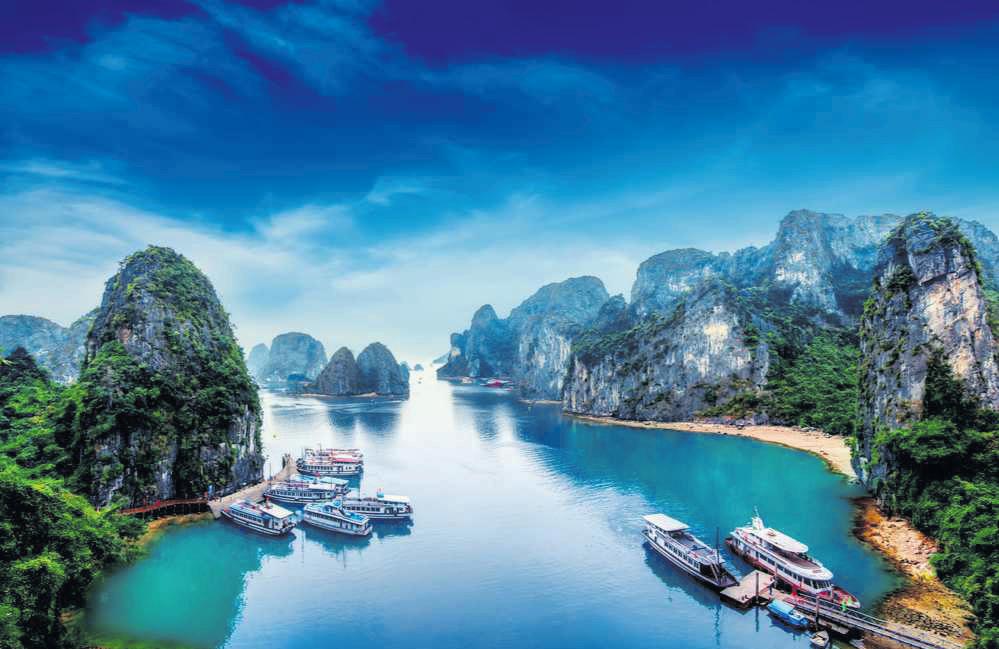
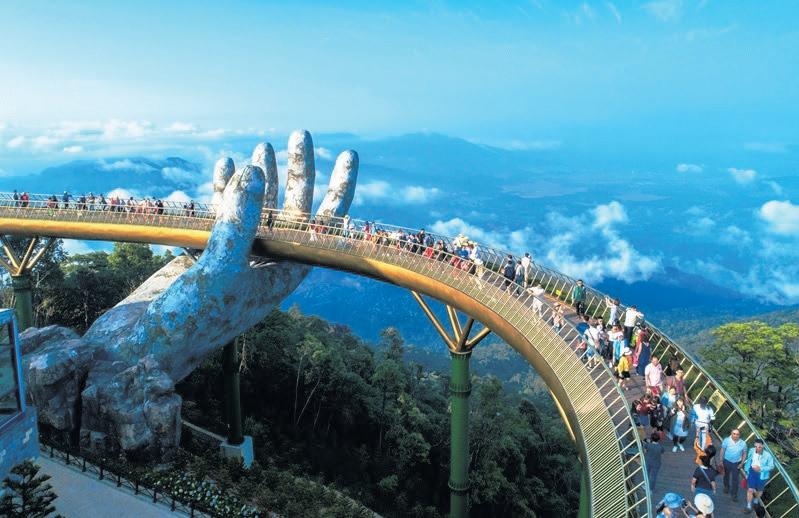
Trang on the central coast is home to several snorkelling sites in the South China Sea, and is known as the country’s diving capital. Here you’ll have the chance to see rare species including frog sh and cow sh. Phu Quoc is known for having Vietnam’s nest hard coral growth, and you can snorkel at Turtle Island o its northwest coast. e Con Dao Islands are the only snorkelling location which o ers the chance to see sharks, rays, turtles, and sea cows. Vietnamese cuisine is similar to Chinese, with lots of noodles and rice, plus seafood and sh by the coast. You can instantly see the emphasis on fresh herbs and produce, including basil and peppers, used extensively in hotels’ cuisine and also in street food. Popular dishes include pho noodle soup, the pork noodle dish cao lau in Hoi An, and Ho Chi Minh City’s bot chien – a mixture of rice our and egg, cooked then served with papaya, shallots, green onions, and pickled chilli sauce. Vietnam is a country of immense beauty and diversity, o ering a unique combination of culture, history, and stunning landscapes. From vibrant cities to hidden gems, and from bustling markets to luxurious beach resorts, there is something for everyone in this captivating country
The potential of plantbased alternatives to current weight management medications is being explored, with a new study from RMIT investigating the anti-obesity properties of the hardy roselle (Hibiscus sabdariffa).

Led by PhD candidate Manisha Singh, the study found that antioxidant compounds (phenolic extracts) and organic acid (hydroxycitric acid) found in the roselle plant could inhibit the formation of fat cells. When the body has an excess of fat intake, fat can be deposited in the cell, which turns them into fat cells called adipocytes. Adipocytes are vital for regulating the body’s energy and sugar levels, but when energy intake exceeds expenditure, it can cause the fat cells to grow in both size and number, contributing to obesity. Human stem cells were separately treated with phenolic extracts and hydroxycitric acid before they were turned into fat cells. Cells treated with hydroxycitric acid showed no change in the fat content of the adipocytes, while cells treated with phenolic extracts had 95% less fat as compared to control cells. Senior Lecturer Dr Thilini Thrimawithana, from the School of Health and Biomedical Sciences, said there is a growing interest in researching how antioxidant-rich compounds, called polyphenols, could one day help manage diseases like obesity to avoid side effects of medications such as Orlistat and Liraglutide. Polyphenols are found in food sources such as vegetables and fruits. When consumed, antioxidants remove the oxidation that forms in our bodies, which can help slow down aging and prevent diseases. Singh’s research also found polyphenols in the roselle had similar digestive enzyme-inhibiting properties as some obesity management medications.
The polyphenols inhibit the digestive enzyme called lipase. This enzyme helps break down fats into small fractions, so they are absorbed by the body through the intestine. The excess fats are turned into fat cells. By inhibiting the lipase enzyme, the fat cannot be absorbed so it is passed through the colon as waste. This could provide a natural alternative to current weight management medications, as the polyphenols are plant-derived and can be consumed with fewer or no side effects. The team plans to encapsulate the phenolic extracts for use in health food products. They say the extracts could be turned into little beads and used to make a refreshing drink. “Phenolic extracts oxidise easily, so not only does encapsulation extend its shelf life, but it lets us control how they are released and absorbed by the body,” said Professor Benu Adhikari, from
